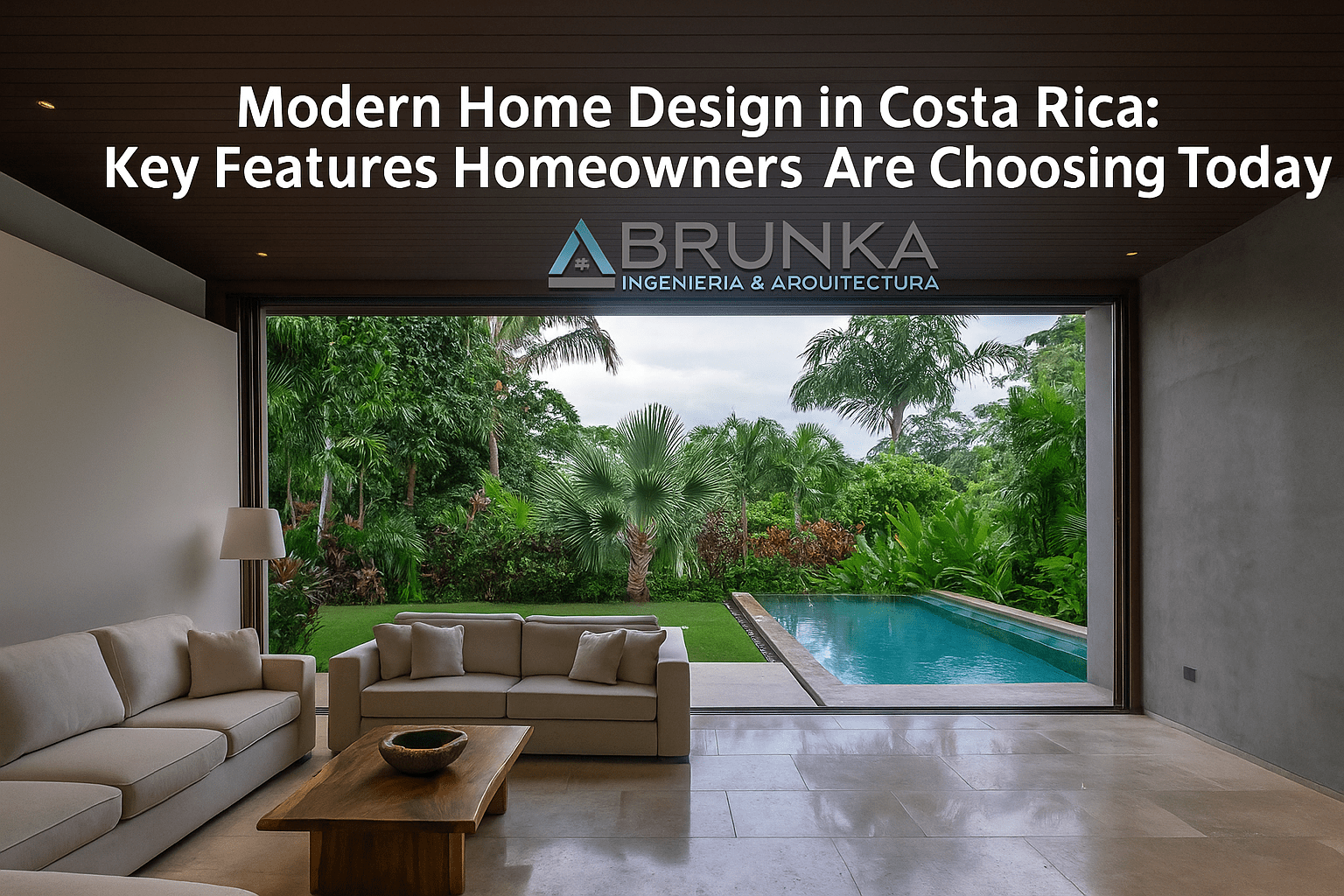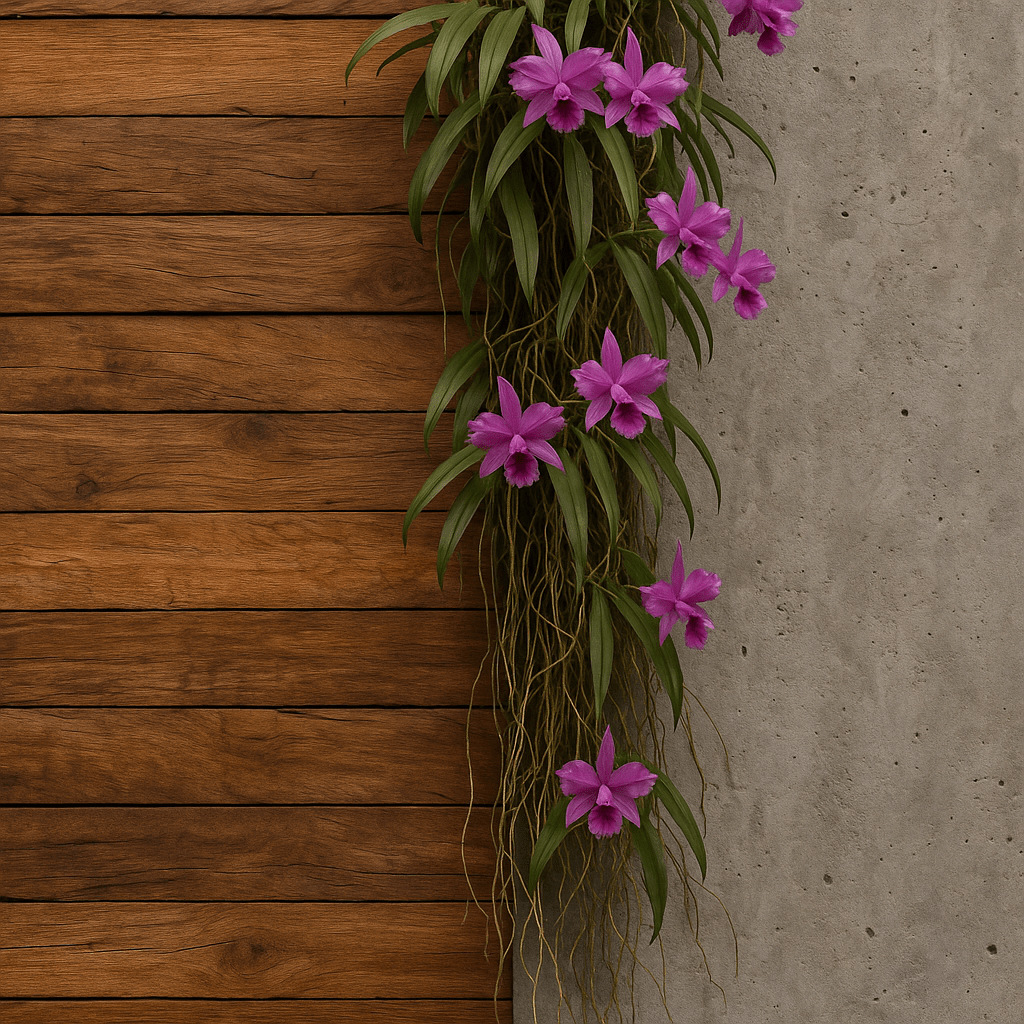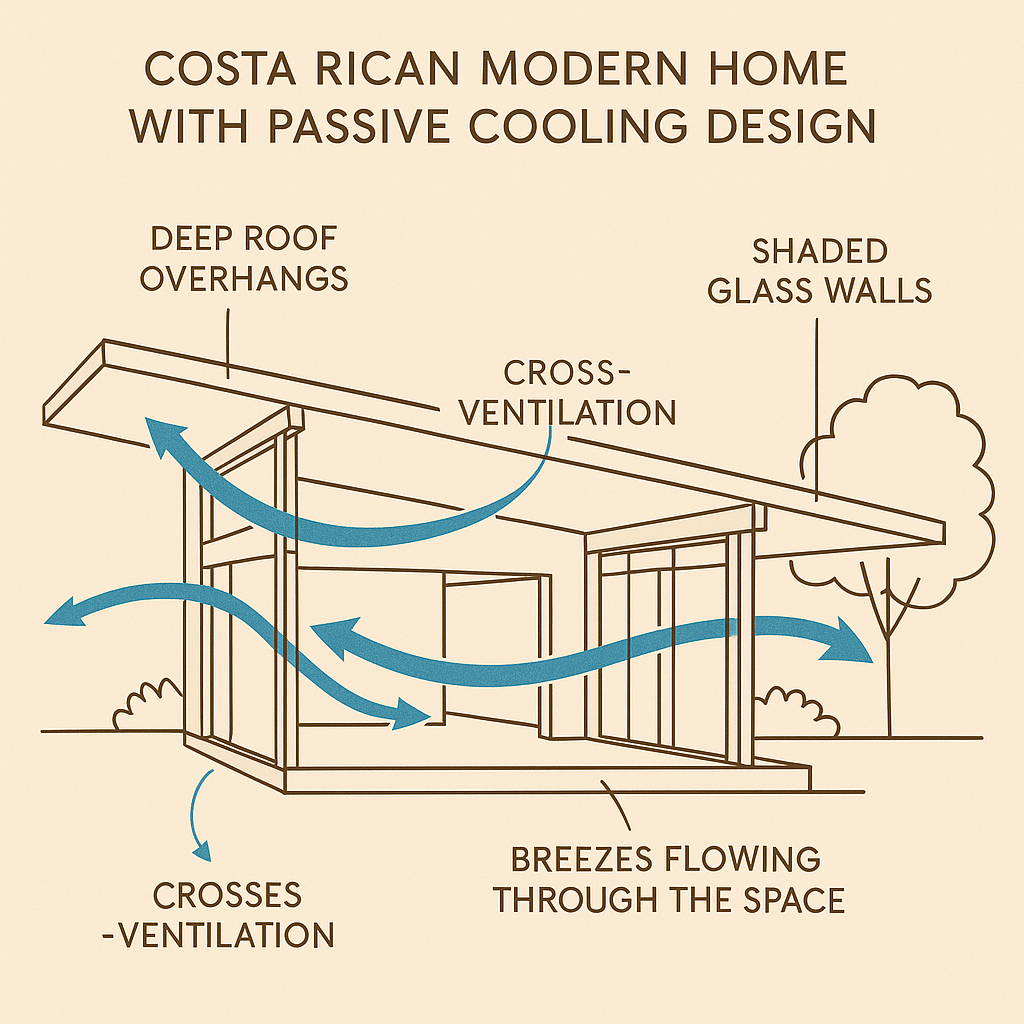
Modern Home Design in Costa Rica: Key Features Homeowners Are Choosing Today
Summary
- Home design in Costa Rica is transitioning from traditional to intentional living, blending luxury with nature.
- The Indoor-Outdoor Revolution is the single most important feature, driven by expansive glass and open-plan spaces.
- Homeowners demand climate-smart engineering, using passive cooling to achieve comfort without high energy bills.
- The new luxury is found in authentic, local materials that tell a story, like tropical hardwoods and volcanic stone.
- Modern homes are embracing self-sufficiency, integrating off-grid readiness and dedicated wellness zones.
I’ve spent years designing and building sustainable homes here, and I can tell you that the modern Costa Rican homeowner isn’t just looking for a house—they’re looking for a lifestyle blueprint. They want a structure that feels effortless, sustainable, and deeply connected to the Pura Vida ethos. The trends we’re seeing aren’t fleeting fads; they are practical, climate-responsive features that fundamentally enhance daily life. We’re moving away from enclosed, boxy structures toward homes that are open, airy, and inherently efficient.
The Indoor-Outdoor Revolution: Seamless Living
The tropical climate is Costa Rica’s greatest asset, and modern design is built to exploit it. This is the single biggest demand we get: how do we make the living room feel like it’s part of the jungle?
The key feature here is disappearing glass walls—massive sliding or folding systems that completely retract, blurring the line between the internal social spaces and the external environment. This isn’t just for luxury villas; it’s a standard feature in high-quality, mid-range modern homes too.
- The Terrace as the True Living Room: Covered terraces are now being built with the same level of finishing and comfort as the interior, complete with outdoor kitchens, weather-resistant furniture, and integrated lighting. This space often becomes the primary gathering spot.
- Biophilic Integration: We often introduce a central, open-air courtyard or atrium, which acts as a green heart for the home. It brings the micro-climate inside, providing shade and cool air. This fulfills the human desire for a connection to nature, a concept known as Biophilia.
If you’re interested in seeing how these spaces transition throughout the day, explore our portfolio of modern home designs.

Climate-Smart Engineering: Comfort Without Complexity
In a hot, humid climate, relying solely on air conditioning is both expensive and unsustainable. Today’s savvy homeowner demands climate-smart engineering—a design that keeps the home cool naturally. This is where architectural innovation truly delivers value.
Mastering Passive Cooling
We use scientific, bioclimatic principles to design homes that work with the weather. This approach is non-negotiable for sustainable living.
- Strategic Orientation: Homes are meticulously oriented on the plot to minimize exposure to the harsh low-angle morning and afternoon sun (East and West), while maximizing indirect daylight from the North and South.
- Deep Eaves and Overhangs: These are not just aesthetic; they are engineered for sun protection. Deep roof overhangs keep the direct sun off the walls and glass, dramatically reducing heat gain.
- Cross-Ventilation: We design homes with strategically placed windows and openings on opposing walls to capture and channel prevailing breezes through the entire structure. This creates a constant, natural cooling effect.
The result is tangible: a well-engineered home can maintain indoor temperatures several degrees cooler than the outside ambient air without mechanical cooling, leading to an energy consumption drop of 30-50%. For a deeper look at this science, read bioclimatic architecture.

Materials and Authenticity: The New Tropical Luxury
The new luxury is authenticity. Homeowners want materials that are durable, sustainable, and tell a story about the local landscape. They are moving away from imported, sterile finishes in favor of natural, high-performance local alternatives.
- Locally Sourced Wood: Ethically harvested tropical hardwoods like Teak and Melina are used for their natural resistance to moisture and insects. They bring a warmth and texture that imported materials can’t match.
- Polished Concrete and Stone: Polished concrete floors are a top choice. They are cool underfoot, extremely durable, easy to clean, and provide the perfect minimalist contrast to natural wood elements. Volcanic stone is used for feature walls, grounding the home in the earth.
- Smart Glass Solutions: High-performance, low-emissivity (Low-E) glass is crucial. It minimizes heat transfer while maximizing natural light, a vital component of the indoor-outdoor aesthetic.
This blend of raw, natural texture with clean, modern lines defines the aesthetic of today’s high-end Costa Rican home. It’s a look that feels both sophisticated and inherently rooted in the tropics.
Self-Sufficiency and Wellness: Designing for Resilience
Modern living in Costa Rica places a high value on self-sufficiency, health, and resilience—features directly influenced by architectural design.
- Off-Grid Readiness: Homeowners are asking for structures that can function independently of the public grid. This means pre-wiring for solar photovoltaic (PV) systems, high-capacity battery storage (often hidden in the design), and integrated rainwater harvesting systems. It’s about peace of mind and environmental responsibility.
- Dedicated Wellness Spaces: The home is now a sanctuary. We are seeing a strong demand for dedicated wellness zones integrated into the design:
- Open-Air Yoga Shalas: Often elevated platforms nestled into the jungle canopy or overlooking the ocean.
- Cold Plunge Pools and Saunas: Designed as private retreats, perfect for post-surf recovery or morning rituals.
- Home Office with a View: The home office is no longer an afterthought. It is a strategically placed room that maximizes natural light and inspiring views, acknowledging the permanent shift toward remote work.
This is a holistic approach to home design—creating a space that not only protects you from the elements but actively enhances your health and productivity. To see how we plan these systems, learn about our comprehensive sustainable architectural services. For those building in Costa Rica, understanding the local development landscape is crucial, as noted by organizations like the Search Engine Journal in its analysis of modern urban development, which often involves sustainable planning.
Conclusion
The modern home design landscape in Costa Rica is an exciting fusion of global architectural trends and local ecological wisdom. Homeowners are choosing intentional, climate-smart spaces that are beautiful, efficient, and truly reflective of the Pura Vida lifestyle. These features—from disappearing walls to passive cooling and integrated wellness zones—aren’t just amenities; they are the foundation for a sustainable and joyful life here.
Ready to start designing your dream home with a team that understands the Costa Rican climate, culture, and construction challenges? Contact Architect Engineer today to schedule your initial design consultation and turn your vision of modern, sustainable living into a reality.
FAQ Section
Q1: What are the primary cost savings of a modern, climate-smart home in Costa Rica?
A: The primary savings come from significantly reduced energy consumption, as passive cooling and smart systems minimize the need for mechanical air conditioning and artificial lighting. This can lead to monthly utility savings of 30-50% compared to traditional, poorly insulated homes.
Q2: How does modern design handle the high humidity of the tropical climate?
A: Modern design manages humidity through two key engineering strategies: maximizing cross-ventilation to keep air constantly moving and selecting materials (like tropical hardwoods and polished concrete) that are naturally resistant to mold and moisture.
Q3: Are the large glass walls used in modern Costa Rican homes energy efficient?
A: Yes, the large glass walls used today are typically high-performance, Low-E (low-emissivity) glass. When paired with deep overhangs and strategic orientation, they allow light in while reflecting heat, maintaining high energy efficiency.
Q4: Is it more difficult to obtain building permits for highly modern or sustainable homes in Costa Rica?
A: No, the process is not necessarily more difficult. Costa Rica’s regulatory bodies, such as the CFIA, have established clear guidelines. However, designs must demonstrate strict compliance with seismic codes and environmental regulations. Working with an experienced local architect ensures a smooth approval process.
Q5: What locally sourced materials offer the best performance and sustainability value?
A: Bamboo (due to its rapid growth and strength), Teak or Melina (from certified sustainable plantations), and local volcanic stone/aggregates are among the best choices. They reduce embodied carbon by minimizing transport and are naturally suited for the tropical climate.



